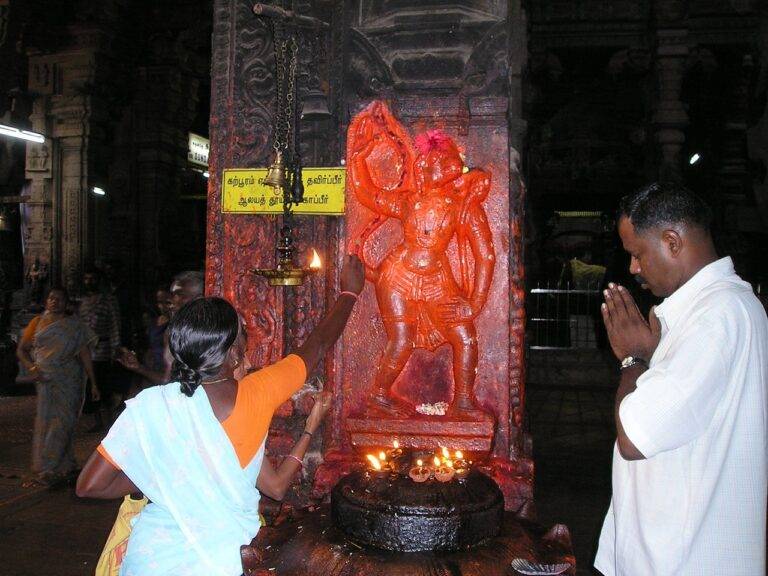Voter Turnout Disparities: Addressing Racial Inequities
One of the primary reasons behind the low voter turnout among minority communities is the lack of access to polling stations. Many minority neighborhoods are situated far from polling places, making it challenging for residents to cast their votes easily. This physical barrier can deter individuals from participating in elections, especially those who rely on public transportation or face mobility issues.
Another factor that contributes to the low voter turnout in minority communities is the presence of strict voter identification laws. These laws often require specific forms of identification that many minorities may not possess, such as government-issued IDs or passports. This creates an additional hurdle for individuals from minority groups who may not have easy access to such forms of identification, further disenfranchising them from the voting process.
Challenges Faced by Minority Voters at the Polls
Voting is a fundamental right that allows individuals to have a say in their government and shape the future of their communities. However, for many minority voters, the process of casting a ballot is not always straightforward. One common challenge faced by minority voters at the polls is the lack of accessible polling locations in their communities. Limited access to polling sites can make it difficult for individuals to vote, especially those who rely on public transportation or have mobility issues.
Another obstacle that minority voters often encounter is voter suppression tactics, which can include strict voter identification laws, voter intimidation, and misinformation campaigns. These tactics can deter minority voters from participating in the electoral process and undermine the democratic principle of equal representation. Additionally, language barriers and a lack of culturally competent election materials can further disenfranchise minority voters and prevent them from fully engaging in the democratic process.
What are some factors contributing to low voter turnout among minority communities?
Some factors contributing to low voter turnout among minority communities include voter suppression tactics, lack of access to polling locations, language barriers, and historical disenfranchisement.
What are some challenges faced by minority voters at the polls?
Some challenges faced by minority voters at the polls include long wait times, voter ID laws that disproportionately affect minority voters, intimidation tactics, and confusion over voting procedures.
How can minority voters overcome these challenges?
Minority voters can overcome these challenges by staying informed about their voting rights, making a plan to vote early or by mail, reaching out to local community organizations for assistance, and reporting any instances of voter suppression or intimidation.
What resources are available to help minority voters navigate the voting process?
There are several resources available to help minority voters navigate the voting process, including voter hotlines, online voter information portals, local community organizations, and legal advocacy groups specializing in voting rights.





